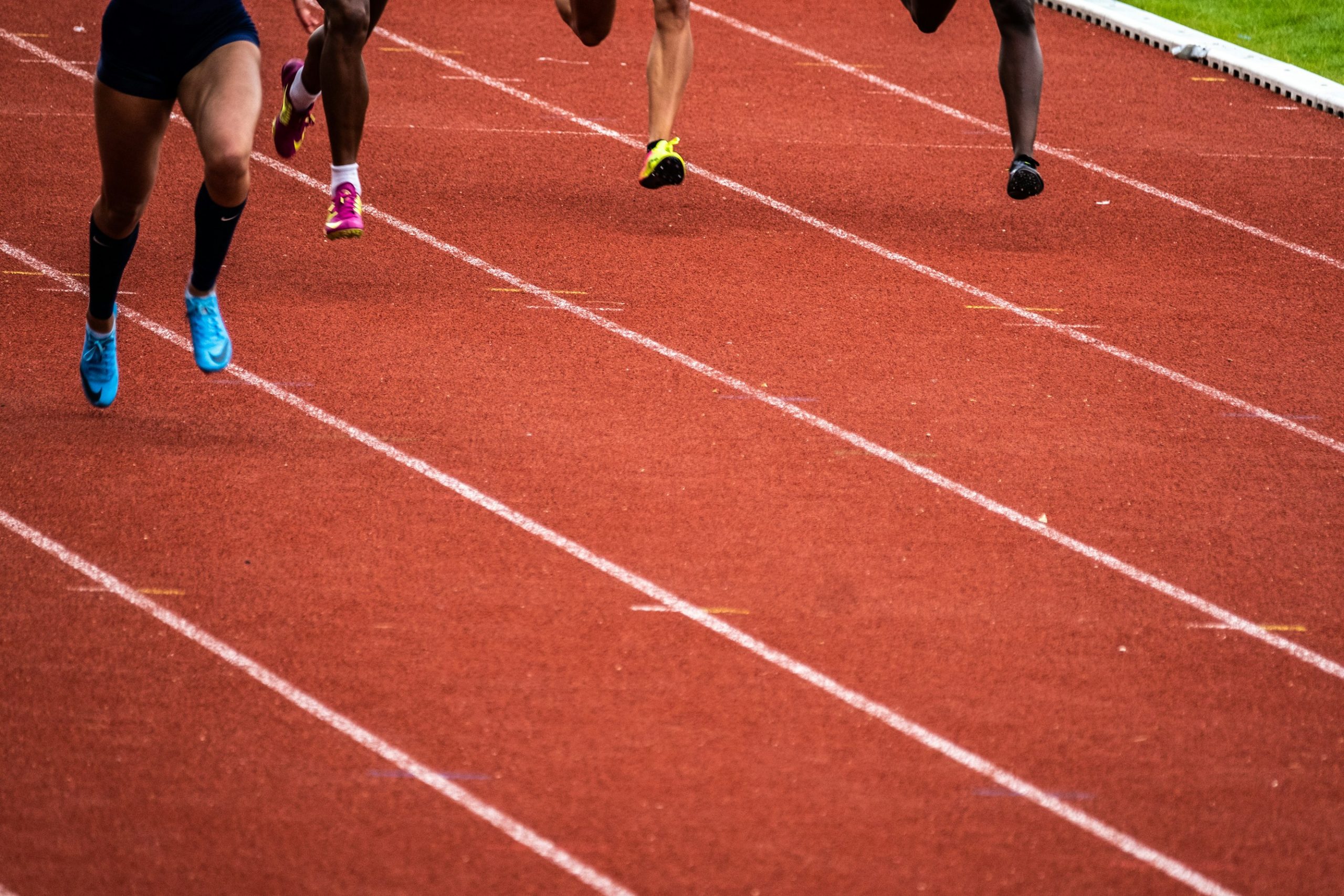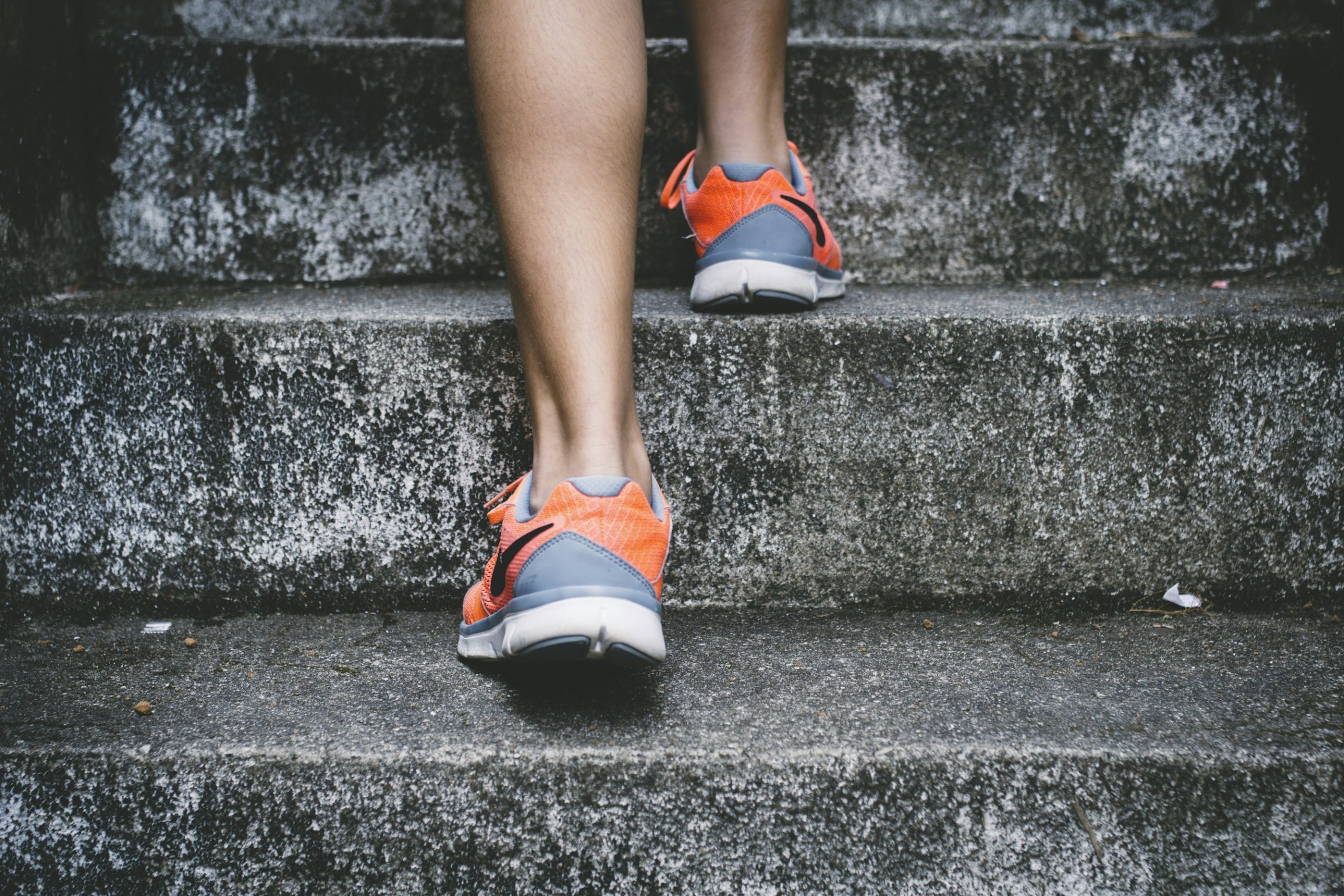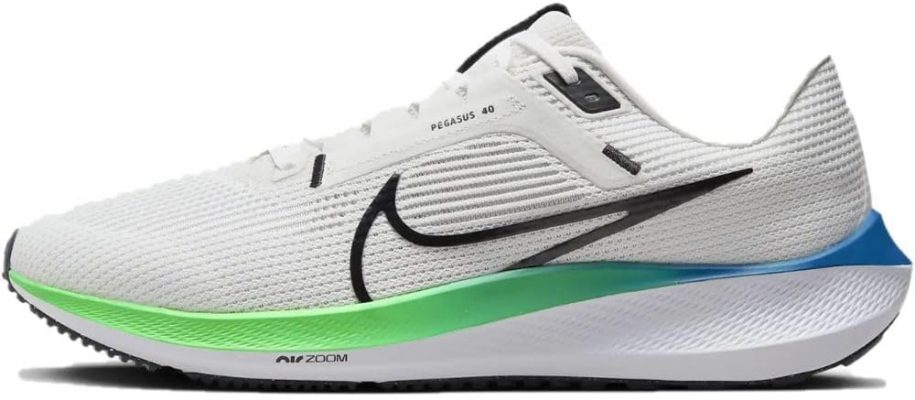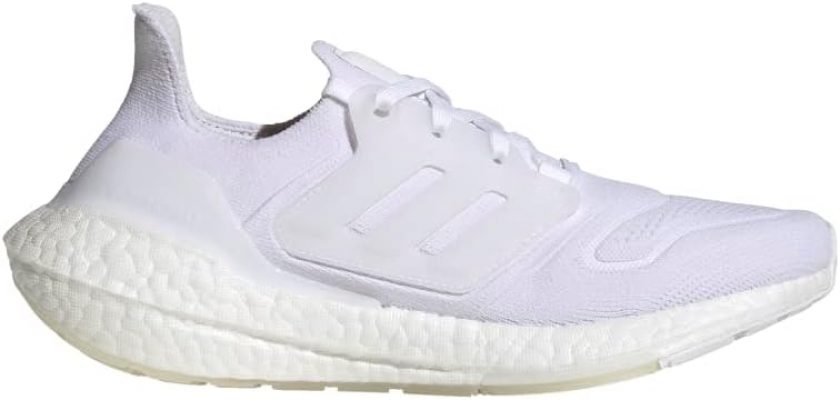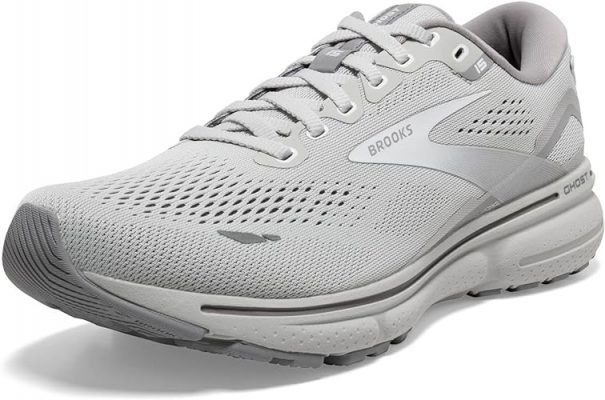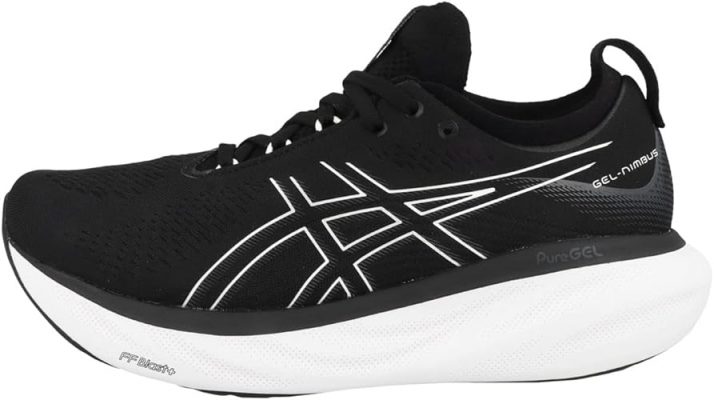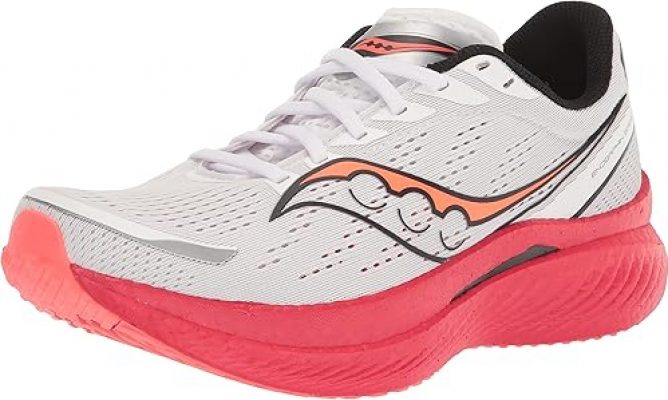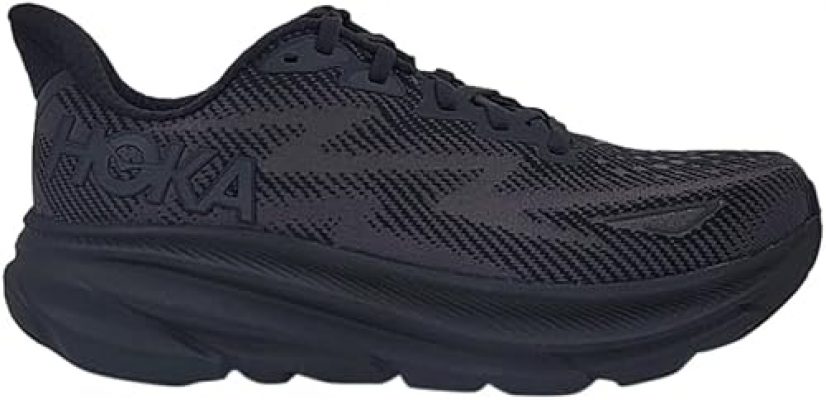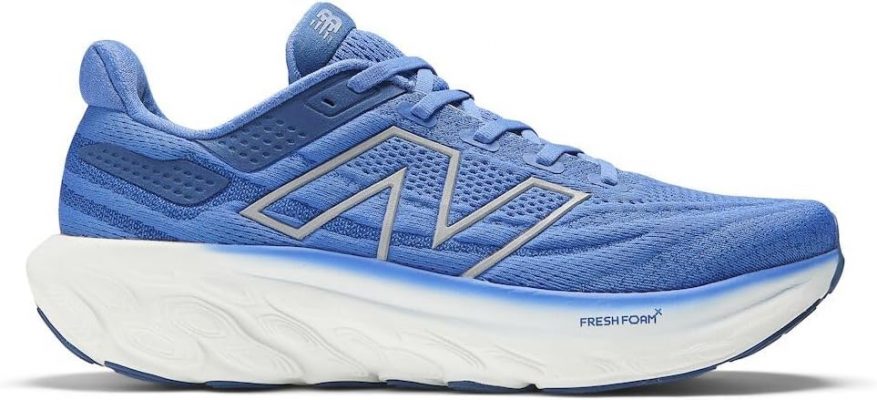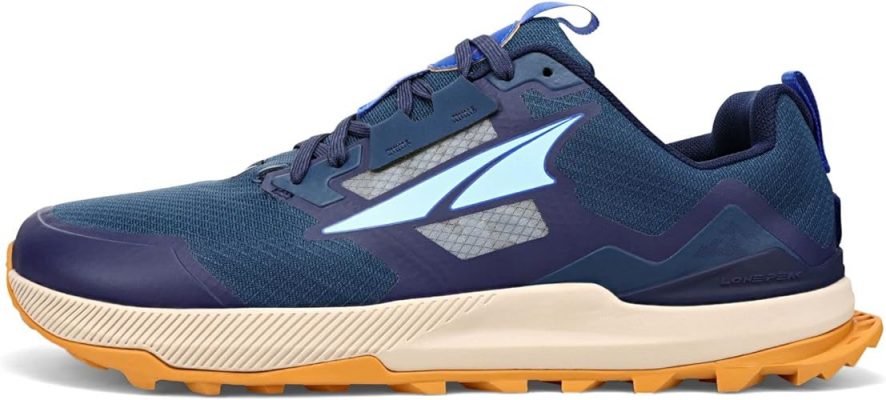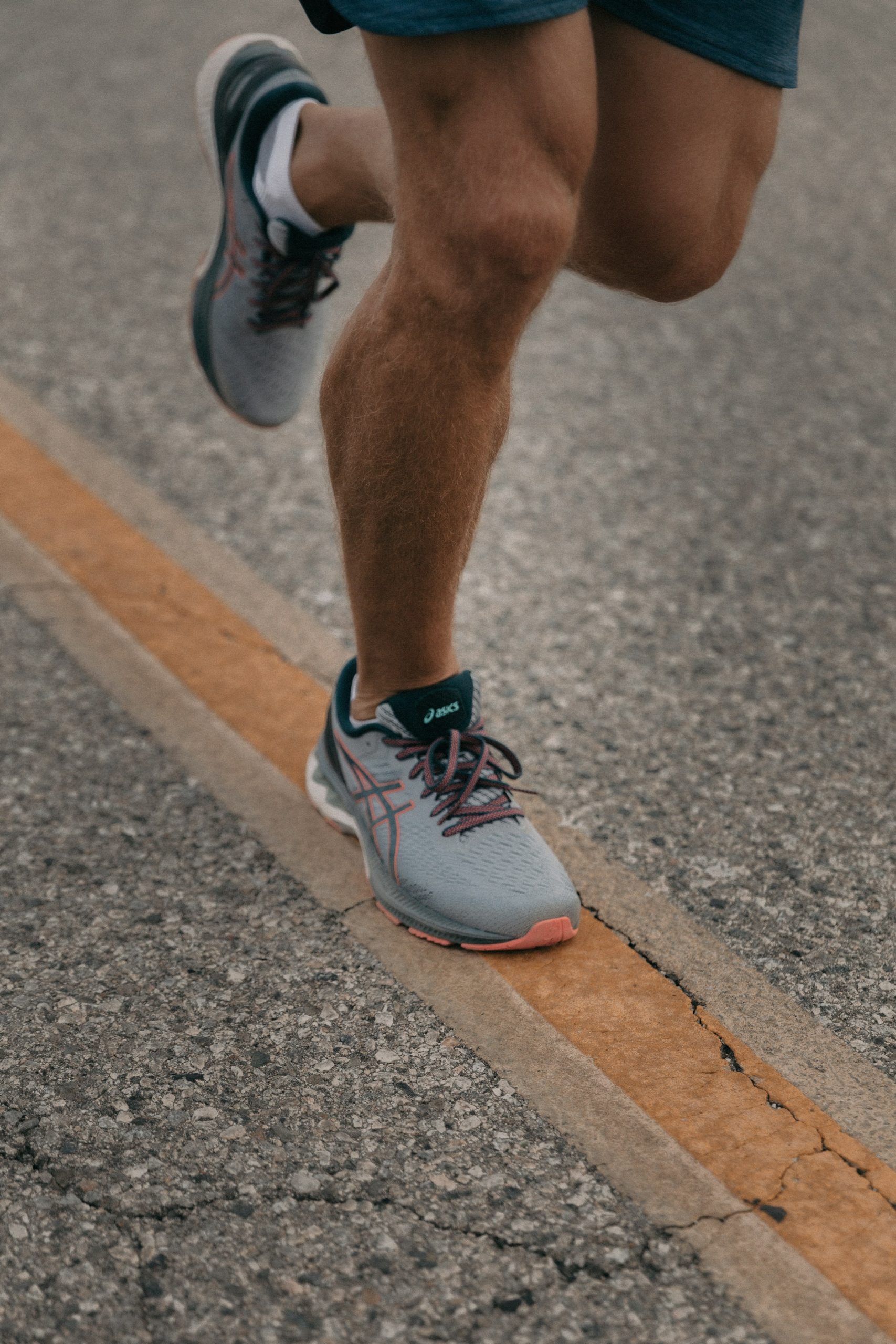
Choosing the right running shoes starts with understanding your foot type. Not all feet are the same, and finding shoes that match your foot shape can make a big difference in how comfortable and supportive your runs feel. Here’s how you can determine your foot type and pick the perfect shoes for it:
Flat Feet (Overpronation)
If you have flat feet, your arch tends to collapse when you run, causing your foot to roll inward. This is called overpronation, and it can put extra stress on your knees and ankles.
- What to look for: Running shoes with stability features or motion control. These shoes provide extra support to prevent your feet from rolling inward too much. Look for firm midsoles and supportive structures to keep your feet aligned.
- Tip: Try shoes labeled as “stability” or “motion control” to help correct overpronation and reduce the risk of injury.
Neutral Feet (Normal Pronation)
If you have neutral arches, your foot lands naturally without rolling inwards or outwards too much. This is the most common foot type, and you’re lucky because you can usually wear a wide range of running shoes.
- What to look for: Neutral running shoes with a balance of cushioning and support. These shoes don’t have extra arch support but provide comfort and shock absorption to keep your feet feeling fresh on the run.
- Tip: Opt for shoes with good cushioning and flexibility to allow natural foot movement. Most brands offer neutral options designed for a smooth, comfortable ride.

